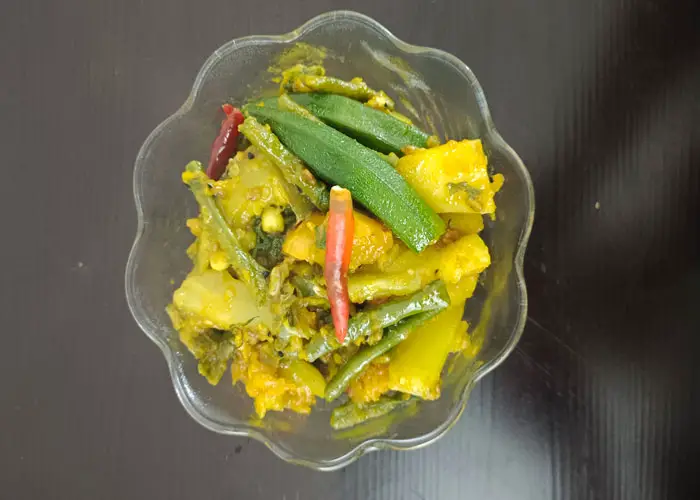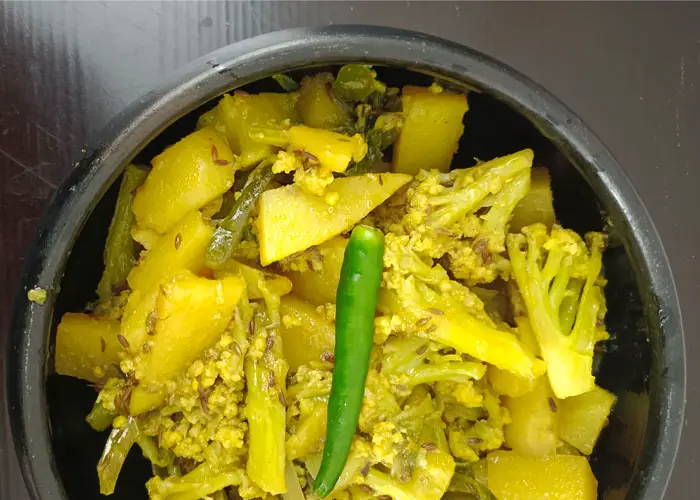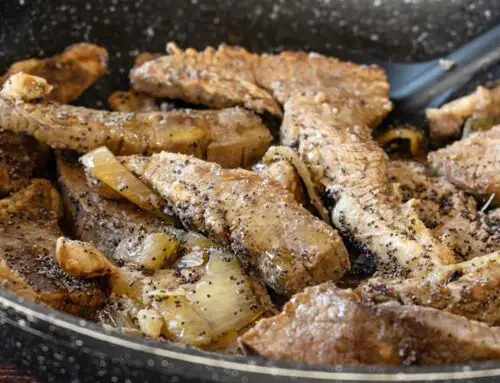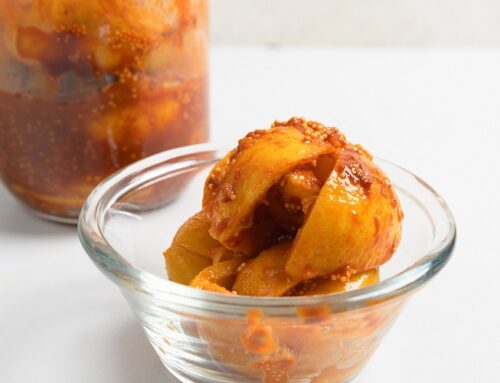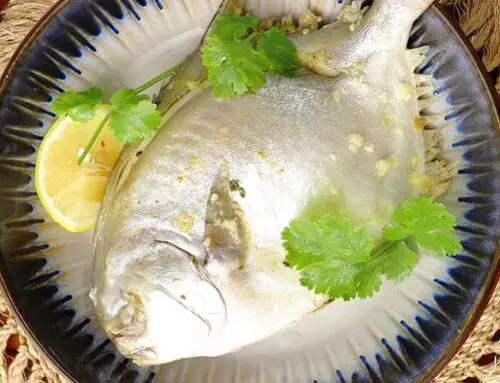Statistically, the amount of vegetables produced in winter is almost eight times that produced in summer. Bangladesh sees a wider variety of vegetables during the winter season, that I know. But I did not even imagine that the disparity would be this large. But the wider variety of vegetables made me think that mixed vegetables would be a winter exclusive dish.
But a few days ago I was shocked after seeing mixed vegetables during summer. I wondered since when did this become an all year around dish? Only if I had paid a little attention, I would’ve remembered that I have been eating different types of mixed vegetables or Niramish Torkari in every season of the year my whole life.
Belonging from a Hindu household, I have probably had more mixed vegetables than the average next door kid. The literal translation for Niramish (নিরামিষ) would be food devoid of protein. But that wouldn’t be a healthy option, so নিরামিষ just means vegetarian food. And more commonly in Bangladesh, Torkari (তরকারি) means vegetables. But it could mean curry as well.
So the two words, Niramish and Torkari, together might seem redundant in the aforementioned context. Mixed vegetables is a name more representative of what the dish actually is. But the Bengali name makes sense when you know that Hinduism does not consider all vegetables to be vegan. I do not have the required religious knowledge to explain why it is but according to Hinduism, onion, garlic and some other vegetables are not “vegan” or নিরামিষ. Hence the name Niramish Torkari is actually means a curry made from vegan vegetables.
The hindu vegans of Bangladesh, and probably the subcontinent but take that with a grain of salt, avoid the likes of onion and stick to Niramish veggies. This is even true for all vegan hindu dishes prepared, be it temples or home kitchens. This culture has made a whole line of dishes: Niramish Polao, Niramish Khichuri, Niramish Daal and of course Niramish Torkari. And ironically, this theme of not using non-vegan veggies has made its way to fish curries. This is probably more popular in hindu families, but fish curries are cooked without onion and garlic. And all my muslim friends tasting it have loved it. Most couldn’t even tell the difference.
The dish in question is commonly cooked in our household, but any hindu would say that their memory of Niramish Torkari comes from their visit to temples. The most common food served in temples ase Bhoger Khichuri (Niramish Khichuri) and Niramish Torkari. But usually it is a special kind of Niramish Torkari called Labra.
Trust me when I say this, the meal served in temples tastes completely different from anything you will cook in your home kitchen. I am not a religious person so I don’t have any special sentiment towards the food there. But it’s just always so distinctive and the taste will linger on. Even as I am writing this, I can remember the taste in my tongue somehow.
Okay now let’s start talking about the actual dish we are going to be making today. Moni Dadi’s recipe does not match the “true niramish” we talked about because it contains garlic. But trust me, this will also be a dish you will remember.
Okay from here let’s talk about the recipe you;ll be making today.. It doesn;t have onions so it gets one green pass, but i don;t know if ginger paste qualifies as Niramish, so that’s a gray card.
But to make it easier, and our belief in Moni Dadi, we’ll assume that it is a pure niramish torkari.
One thing to remember is to make sure the veggies boil properly. Undercooked veggies taste raw. And overcooked veggies will become too soft and melt.
And one thing, the cook Lima apu mentioned that dadi added methi.methi is rarely added in mixed vegetables but it was truly a good addition.
Apart from that, you can add any combination of vegetables to mix vegetables. And each combination will have a different test. So experiment away!
Ingredients
- ½ oil
- 1 pc bay Leaf
- 2 pc dry chilli
- ½ tsp cumin
- ½ tsp methi
- ½ kg mixed vegetables
- ½ tsp turmeric powder
- 3 pc green chilli
- ¼ tsp sugar
- ½ tsp ginger paste
- ½ tsp ghee melted butter
- cumin powder optional
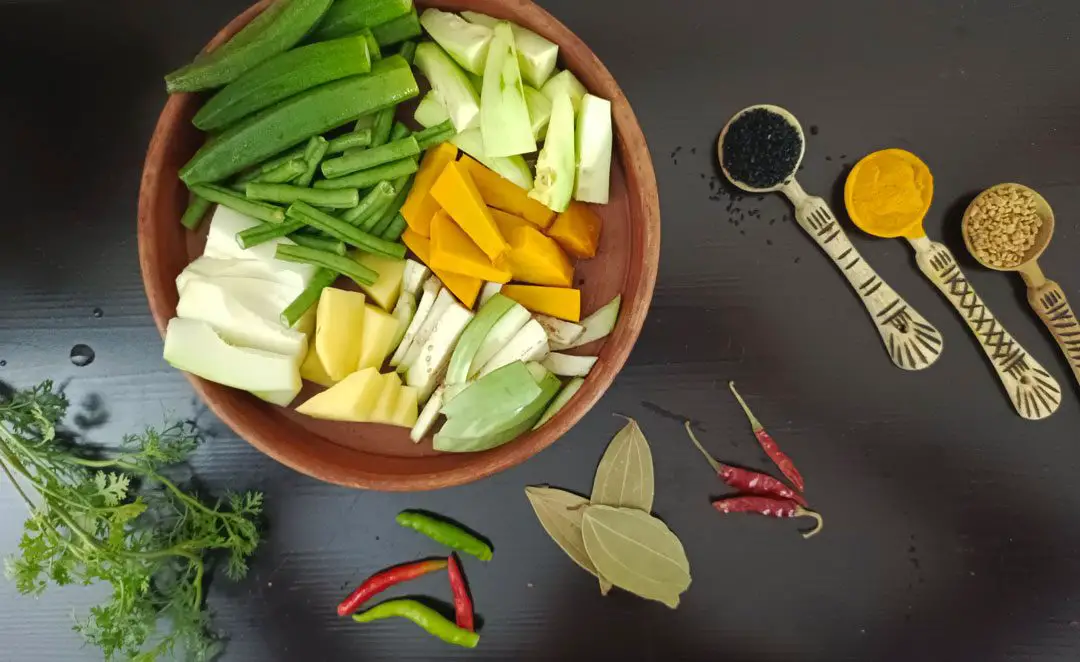
Instructions
- In a pan pour some oil along with bay leaf, dry chilli, cumin, methi and fry it for some time.
- Next add the strained mixed vegetables to it.
- Then add turmeric powder, green chilli, a bit of sugar and cook it on a low flame.
- When the oil separates from the curry add ginger paste and ghee to it.
- Optionally you can add cumin powder to it.
- Ready to serve.
Nutrition

